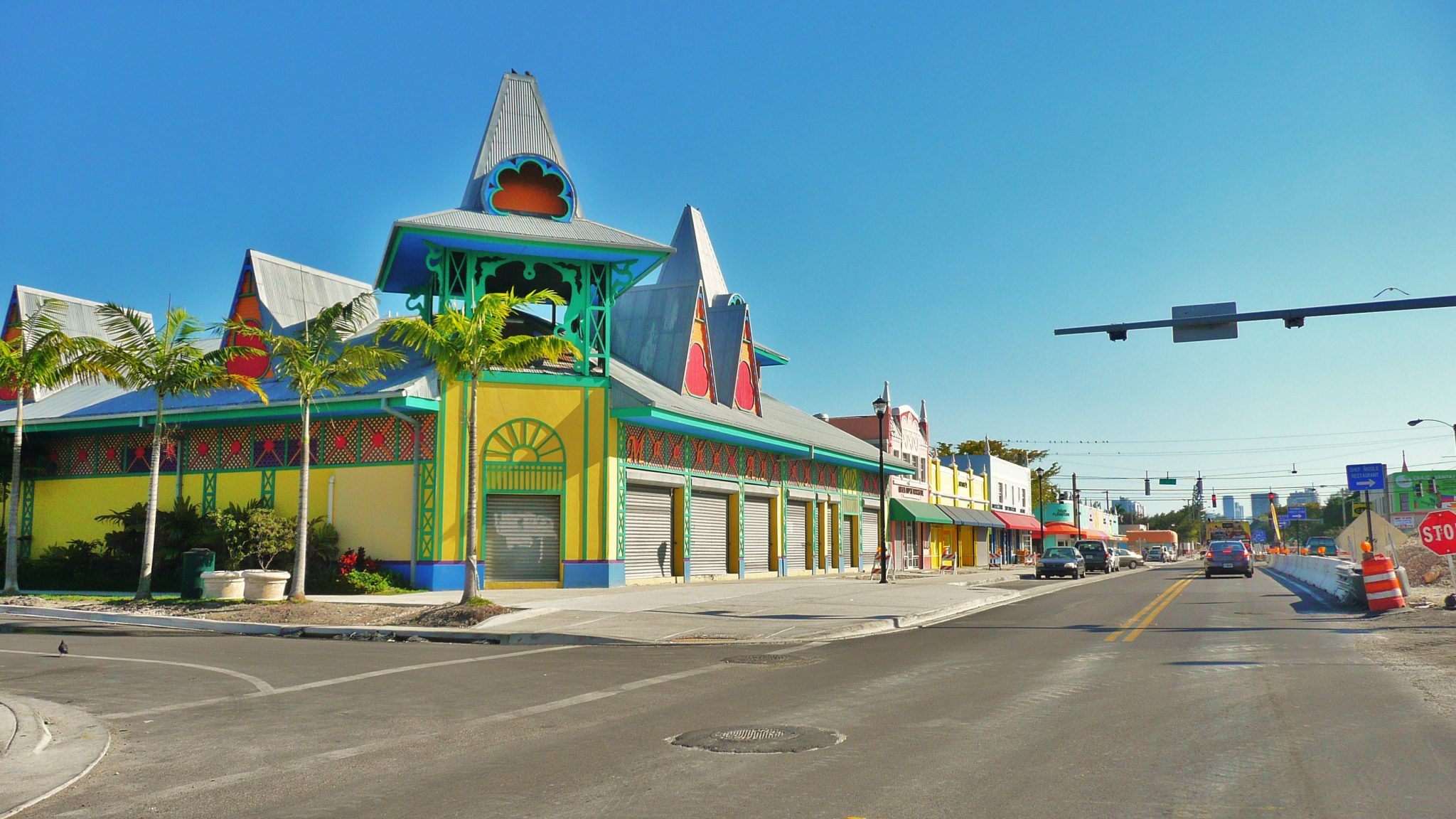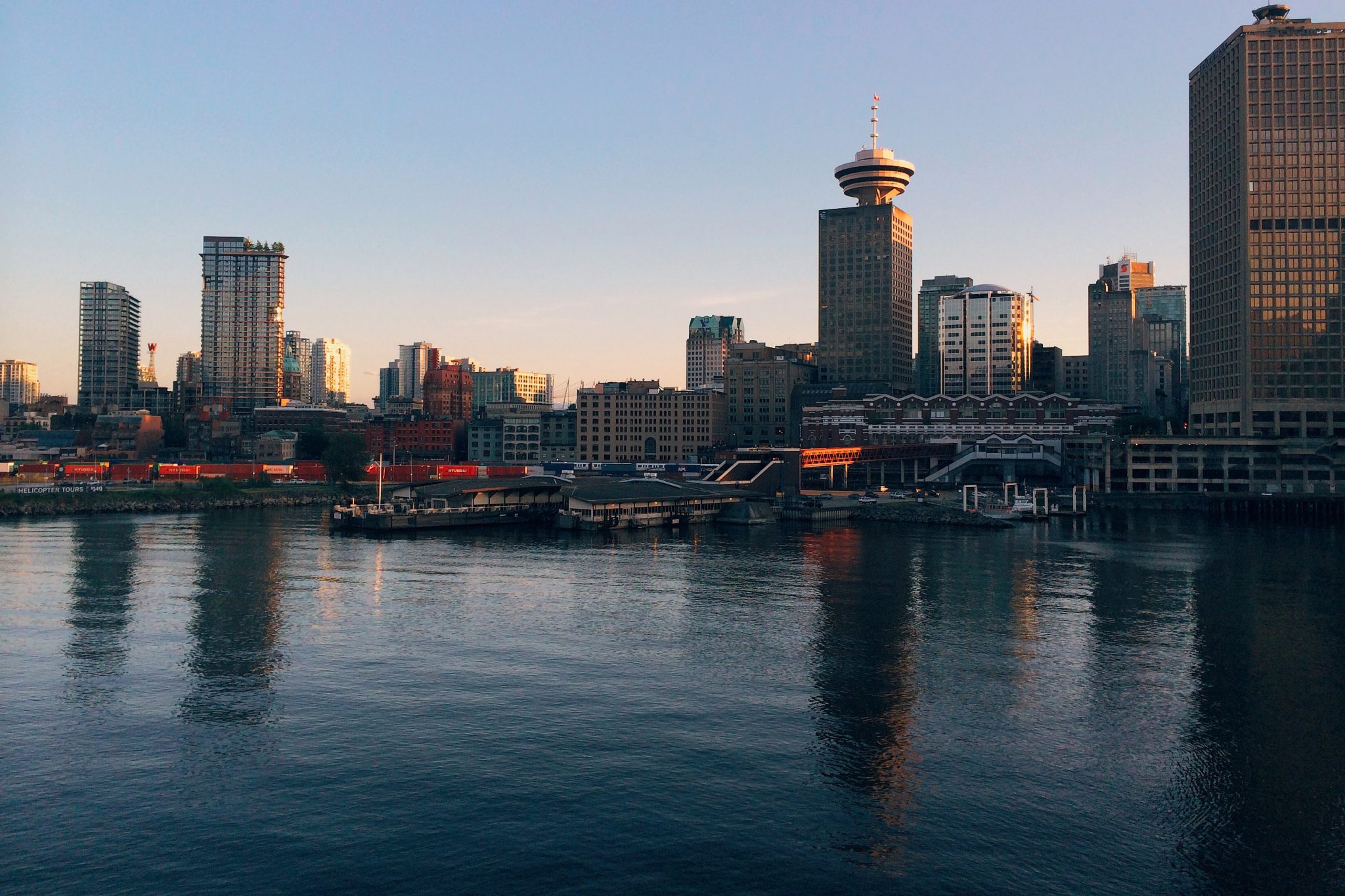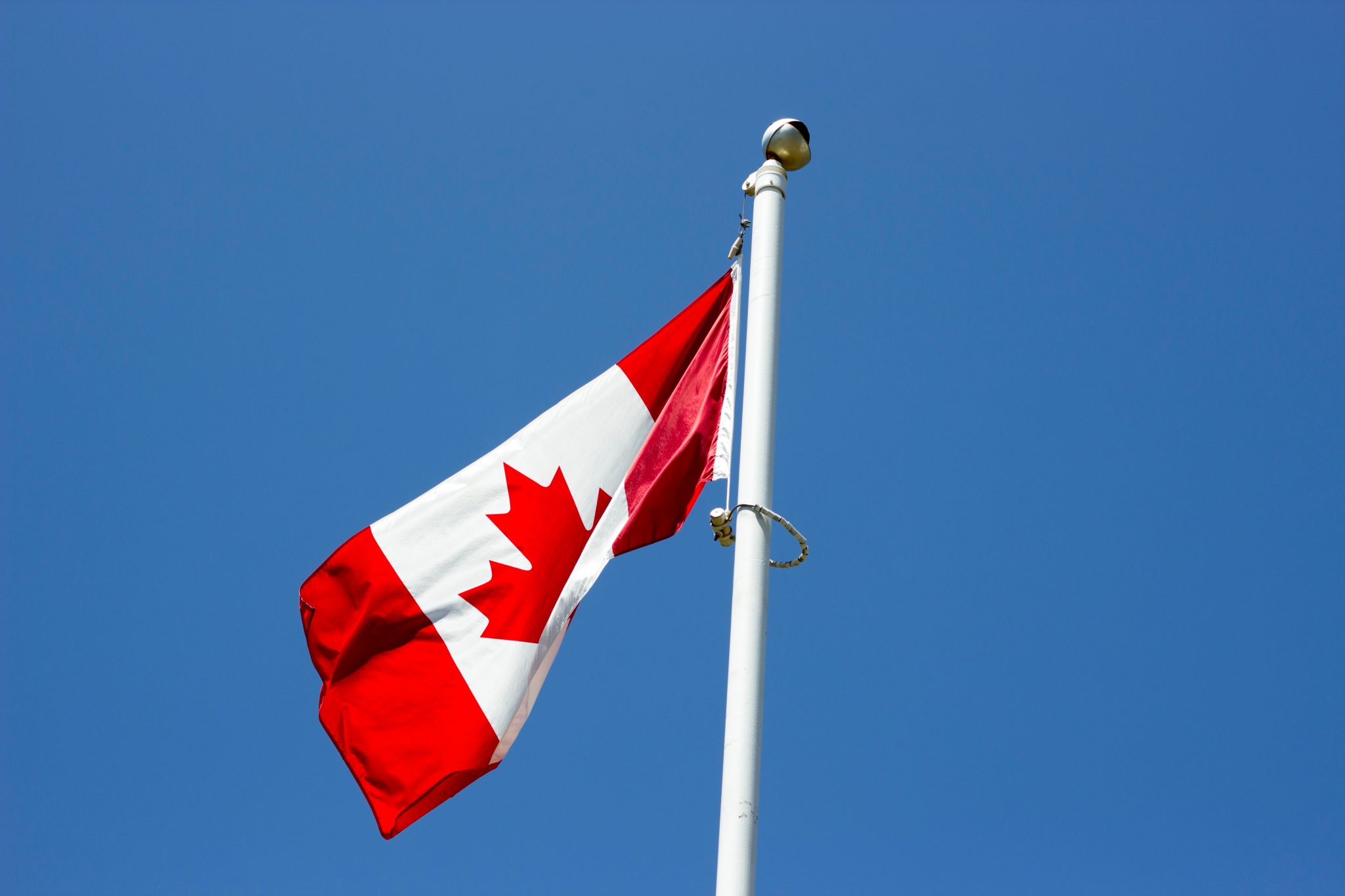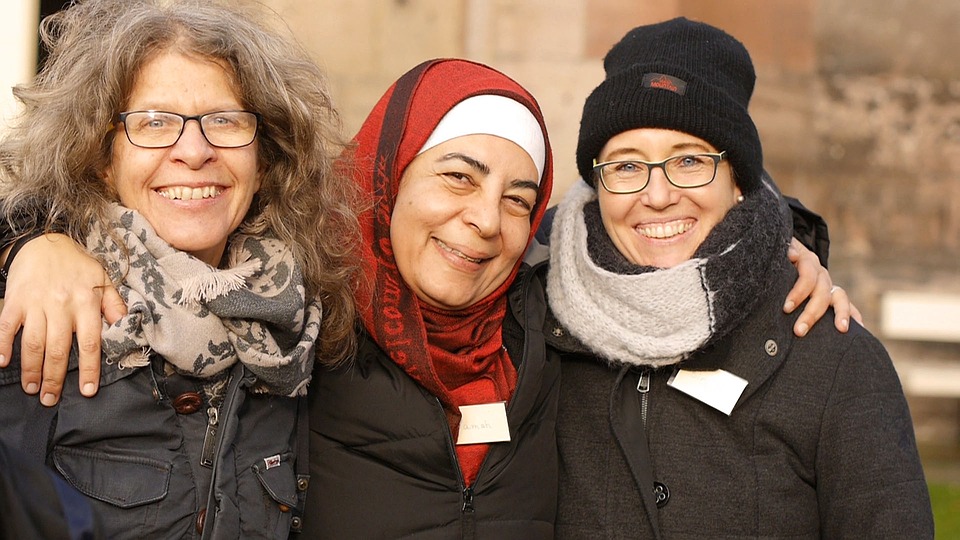A False Sense of Hope for Asylum Seekers
Hope and the Threat from President Trump’s Policies Have Driven a Wave of Haitian Asylum Seekers to Quebec In Recent Weeks.
When Prime Minister Justin Trudeau welcomed all to Canada in response to US President Donald Trump’s anti-immigration executive orders, many people in the US and around the globe took Trudeau for his word. Many seeking a better life, living in fear of deportation from the US, have flocked to Canada in droves since Trudeau opened the country’s doors.
Unfortunately, what these people have not realized is that while they may submit a refugee claim, claim approval is not a guarantee. Even claims in the country are subject to rigorous screening. Refugee status is only granted in specific circumstances. Status is based on a consideration of the person’s risk factors, and whether they are to be a Convention refugee who cannot return to their home country. Return may not be possible because of a well-founded fear of persecution, or if they are persons in need of protection.
Influx in Haitian Asylum Seekers
In recent weeks, Quebec has seen a drastic increase in refugee claims. The number of claims rose from only 50 claims per day to approximately 150 claims per day. Most of these asylum seekers are Haitian. This influx is due to the threat that President Trump may not to extend the temporary protected status program for Haitians. Created in response to Haiti's devasting 2010 earthquake, the program's future remains uncertain.
Currently, hundreds of asylum seekers are living in and around the Olympic Stadium in Montréal. Montréal has been a hub for asylum seekers since it became a sanctuary city for undocumented immigrants earlier this year. The Canadian government has also employed its military personnel to build temporary housing at the Quebec-US border to provide shelter for the growing number of asylum seekers crossing over.
Rumours and Misinformation
There may have also been some misinformation about the ease of gaining asylum status in Canada online. Members of the Montréal Haitian community warned of the spread of information on social media that may be giving asylum seekers false hope. According to these rumours, gaining refugee status in Canada is an “easy” process. Asylum seekers simply need to get across the border, and they will be safe in Canada. But what they aren’t being told is that while, yes, they are safe in Canada for a time while their asylum claims are being processed, their claim may not be accepted and they may have to return to Haiti.
Haitian asylum seekers have been entering Canada irregularly to avoid being denied entry due to the Safe Third Country Agreement. The Safe Third Country Agreement holds that refugee claims must be made in the first safe country in which the claimant’s arrive (there are some exceptions, such as if you have family in Canada). This means you cannot currently make a refugee claim in Canada if you enter Canada at a land border from the United States. The question of whether or not the US is a safe country is the main argument behind advocates’ calls to suspend the Safe Third Country Agreement between Canada and the US.
Refugee Legal Aid Program Gets Funding For A Few More Months
Immigrants in B.C. Still Have a Chance to Receive Legal Aid with A Refugee Lawyer Thanks to Additional Government Funding
As the number of asylum seekers coming to Canada continues to grow, Canadian legal aid programs for immigrants and refugees are struggling to meet the growing demand for legal assistance. For some time now, these programs have been at risk of shutting down due to a lack of government funding. Without legal aid from an immigration and refugee lawyer, many asylum seekers may face deportation because they cannot adequately represent themselves in front of the Immigration and Refugee Board.
Up until recently, the Legal Aid British Columbia planned to halt legal aid applications for immigrant and refugee cases due to a lack of government funding. The cut-off date was set for August 1st, 2017. But with a last-minute additional funding from the federal Department of Justice, B.C. can continue to provide legal aid to immigrants and refugees until November of this year.
The legal aid system in Canada connects eligible immigrants and refugees with private lawyers. Both the provincial and federal governments fund legal aid services for each province. Legal Aid Ontario also announced that it would have to stop its services for immigrants and refugees by November of this year if additional government funding does not flow through.
The reality is that funding for legal aid in Canada is not keeping up with the influx of refugee claims. The number of asylum seekers coming to Canada has increased significantly this year. The political climate in the U.S. has been driving more asylum seekers to Canada, and there will likely be a steady flow of asylum claims for some time. The Canadian legal aid programs hope for more government funding over the next few years to meet current and growing demands, while the Canadian government is looking for solutions to handle the influx of refugee claims.
Canada needs to address the demands arising by this influx, especially regarding essential funding for legal representation. It would be procedurally unfair for asylum seekers who cannot afford legal assistance to represent themselves at their refugee claims hearings. These claimants are most often unfamiliar with the process, the law, and their legal rights. In addition, they face language barriers and other vulnerabilities. There are serious consequences arising from a negative refugee decision for their families including deportation to a country where they may face risk and persecution.
Both the immigration system and claimants benefit from working with a refugee lawyer. Some of these benefits include:
- Efficient preparation of refugee claim applications, including the proper drafting of the Basis of Claim form question and Narratives;
- Effective preparation of personal and documentary evidence in support of the person’s claim;
- Preparation of client and witnesses for their refugee hearing;
- Enhanced procedural fairness particularly for vulnerable claimants;
- Higher chances of a positive outcome at refugee hearings.
Additional funding for immigration and refugee legal aid services is essential to support the Canadian government’s open immigration policy. Canada should ensure that legal aid remains a priority and policy makers devote the necessary resources to provide access to justice. It is unacceptable for individuals who have fled war and persecution, and risk to their lives to make their way to Canada only to be unable to adequately present their case and have a fair chance at their refugee hearing.
Canada Ranked as Second-Best Country to Live for Immigrants
A Recent Study of Social and Economic Factors In Developed Countries Ranked Canada as the Second-Best Place to Live for Immigrants
Canada has a reputation for being one of the best countries in the world to live. We have universal health care, a stable economy, a multitude of social services, and an excellent education system. We are also extremely proud to have a multicultural society that continues to grow and prosper with immigration. Multiculturalism and immigration develop and modernize a society, contributing both socially and economically. From skills and economic growth to enriching a community with diversity, Canada wouldn’t be the country it is today, nor have the potential to grow and strive tomorrow, without immigration. Canada’s immigration system reflects this standpoint. It shouldn’t come as a surprise that when ranked among the world’s developed countries, Canada is the second-best place to live for immigrants.
The Organization for Economic Co-operation and Development (OECD) released a report in June of this year urging developed countries to work hard to improve integration for immigrants—noting how beneficial this effort is for both host countries and immigrants. After the report had come out, U.S. News and World Report conducted a study to determine which countries were the best places to live, and specifically, which countries were the best places for immigrants. The study examined economic and social factors for each country, and thousands of people were consulted including business leaders and the general public.
The following factors influenced the ranking outcome for each country in the study:
- Economic stability,
- Income equality, and,
- Labour markets.
Factors specific to immigration included:
- The number of immigrants in a country’s population;
- The amount of money immigrants were able to send overseas; and,
- The United Nations (UN) rankings of immigrant integration policies.
Sweden holds the first place while Canada ranked second for its strong economy and its immigrant integration policies which include language training for newcomers. Other important factors that influenced Canada’s high ranking include the Express Entry program and the Canadian education system.
Canada ranked at the top for education since primary and secondary education is free and mandatory in Canada. Since Canada has a decentralized federation with provincial governments, the provincial education system allows for more localized curriculums. As a result of the successful education system, students in Canada scored above average on the OECD Program for International Student Assessment.
According to the study, the top 10 countries for immigration are:
- Sweden
- Canada
- Switzerland
- Australia
- Germany
- Norway
- United States
- Netherlands
- Finland
- Denmark
Although some of these top countries view immigration as a threat, this standpoint does more harm than good for a country’s social and economic well-being. Canada recognizes that a successful immigration system will benefit newcomers and the country as a whole. Canada’s high ranking amongst the world’s developed countries is an example of what works to make a country stronger. So long as Canada keeps moving forward and avoids the harmful sentiment that is influencing other countries, we can maintain our pride in being one of the best countries to live in the world.
Legacy Claims Will Be Heard Starting September 2017
The Immigration and Refugee Board to Clear the Backlog of ‘Legacy Claims’
On June 20, 2017 the Immigration and Refugee Board (IRB) announced a new taskforce to clear the backlog of ‘legacy claims’. Legacy claims are refugee claims that were made prior to December 15, 2012 when the new refugee determination system took effect. The new system requires all refugee hearings to be held within 60 days and as a result, ‘legacy claims’ were put at the bottom of the list for scheduling. The Immigration and Refugee Board has not held hearings for an estimated 5,600 of the original 32,000 legacy claims.
Forgotten, Living in Limbo, Separated from Family
Legacy claimants have been living in limbo for a minimum of four years, unable to move on with their lives, separated from family, and stuck dealing with the psychological impact of not knowing what the future holds. Legacy claimant Margaret Ekelemu has lived with the uncertainty not knowing whether or not her claim will be accepted, fearing that she will receive a phone call telling her that she has to go back home. Hanifi Ozdemir had endured the strain of being separated from his family for more than four years while watching his friend go on to become permanent residents, exacerbating his post-traumatic stress disorder.
Anoosha was able to study in Afghanistan under the Taliban, but she has not been to study in Canada because post-secondary institutions consider her to be a foreign student and she can’t afford the high tuition fees. Humberto Corredor has not been able to practice as a veterinarian in Canada because as a refugee claimant, he doesn’t qualify for training. Another claimant has missed out on her now 11-year old daughter’s childhood while waiting over five years to be reunited with her. Legacy claimants describe the experience as ‘agonizing’, ‘frustrating’, and they feel like they have been forgotten.
Advocacy Groups Call for Amnesty
Groups such as the Canadian Council for Refugees (CCR) and the Canadian Association or Refugee Lawyers (CARL) have advocated for years that the government grant legacy claimants some form of amnesty. They proposed introducing special measures to allow legacy claimants to apply for permanent residency without holding a hearing. Legacy claimants face many challenges proving their refugee claims after waiting for a minimum of four years. Refugee claimants have the burden of proving that there is a ‘reasonable chance’ or a ‘serious possibility’ of persecution or a ‘serious possibility’ of torture in their country of origin to be accepted as refugees.
Refugee claimants provide oral evidence at the hearing and are often asked about events in their country of origin that caused them to leave and seek refuge in Canada. Meeting these burdens becomes more complicated with the passage of time. Memories fade and documents go missing. Legacy claimants’ countries of origin will have invariably changed since the claimant left. Legacy claimant David Mateo Camelo worries that “the IRB will focus on the current situation in [his] country of origin, not the one [he] fled.”
Refugee Hearings Will be Held
Despite the advocacy of CCR and CARL, the IRB announced that it will hold hearings for legacy claimants, spending $3 million on the project and hiring 20 to 25 retired refugee judges to hear these claims. The Board has asked legacy claimants to contact and notify the IRB if they intend to withdraw or proceed with their claim. The IRB will start to hear these cases in September 2017 and the backlog is projected to be cleared within two years. If you are a legacy claimant, an immigration lawyer in Canada can help with the hearing process and you can also contact the IRB’s new legacy office at 1-833-534-2292 for more information.
Canadian Immigration Draws Target Tech Talent
BC Follows Canada-Wide Trend in Issuing Tech-Focused Immigration Draws
Thanks to Canada’s start-up friendly immigration policies, more information technology (IT) talent is headed to Canada than ever before. This increase in international talent is fueling Canada’s booming tech industry. As a result, new Provincial Nominee Program streams that target tech-sector talent are becoming an increasingly popular way for provinces to attract and retain talent.
Tech-Centric Provincial Nominee Program Streams & Draws
Canada’s IT industry is growing fast, and provinces from coast to coast are competing to fulfill the demand for talent in this sector. To attract talent, provinces are increasingly introducing Provincial Nominee Programs (PNPs) that specifically target tech talent. This allows individuals with the necessary skills to bolster each province’s tech-sector to apply for a “nomination” by the province. They gain an additional 600 points in the Federal Express Entry’s Comprehensive Ranking System, almost guaranteeing an Invitation to Apply (ITA) for Permanent Residency.
Modern PNPs mimic the Federal Express Entry system: while individuals apply to specific streams, they must nevertheless surpass common ‘threshold’ score to get an ITA for a Provincial Nomination. These threshold scores are determined by how many individuals the province wants to invite: the fewer spots available, the higher the score. Traditionally, these threshold scores consider individuals from every stream. In short, individuals from the PhD, Tech, Skilled Workers, and other streams compete against each other for the opportunity to apply for a Provincial Nomination. The final successful group is comprised of individuals from each stream.
In an effort to bolster the tech sector, provinces are increasingly conducting "tech-only" draws; i.e., only individuals who have applied under the tech streams get the opportunity to apply for a Provincial Nomination. Tech-only draws increase an individual’s chance of selection to apply for a Provincial nomination. These streams are prioritized (so they are competing with fewer people), and the typical score threshold in each stream is lower than if all streams compete against each other.
Provincial Tech Booms
British Columbia is the most recent Canadian province to hold with tech-only immigration draws as part of their PNP. From May to July 2017, BC’s PNP conducted six tech-only draws, a strong indicator of BC’s booming tech industry and the need for more talent. Ontario held a similar draw in June 2017 under their Human Capital Priorities Stream, issuing invitations to apply (known as notifications of interest, or NOIs) to ICT Professionals. Some were issued even if candidates did not meet the minimum 400-point threshold applicable to all other streams. Nova Scotia, Saskatchewan, and New Brunswick have also hosted similar draws, albeit catered to the specific designs of their PNPs.
BC’s booming tech industry is partly due to the influx of talent from Silicon Valley and other US tech hubs. Canada has been quietly investing in and building the tech scene for years, creating innovative ‘tech corridors’ in multiple location across Canada, including Vancouver and the Toronto-Waterloo Corridor. This, combined with hostile environments elsewhere (think “America First” and “Brexit” policies), are increasingly making Canada more attractive.
Attracting International Talent
BC clearly has no trouble attracting international talent, especially from the US and Silicon Valley. Although it can’t quite match California’s climate, BC (relative to the rest of Canada, at least) is quite tolerable. Also, BC’s proximity to US markets has helped build a strong connection, too. The film industry even calls Vancouver “Hollywood North” as it's a common shooting location for Hollywood movies.
Provincial Demand for Tech Talent
As indicated, in the past year several other provinces have targeted tech talent with their PNP draws. Saskatchewan, Ontario, New Brunswick, and Nova Scotia have all sought tech professionals. The Canadian government also recently introduced the Global Talent Stream to fast-track work permit processing times for talent sought by Canadian employers. These processing times are down to an astonishing 2 weeks. This demand for tech talent across Canada promises a strong future for Canada’s tech industry.
Canada’s emphasis on bringing in international talent is beneficial for the Canadian economy and the booming tech industry. These provinces provide employment opportunities for international workers seeking jobs in their field. While the US is closing its doors to international talent, Canadian provinces are making it easier for skilled immigrants to settle, contribute to booming industries, and strengthen the economy.





